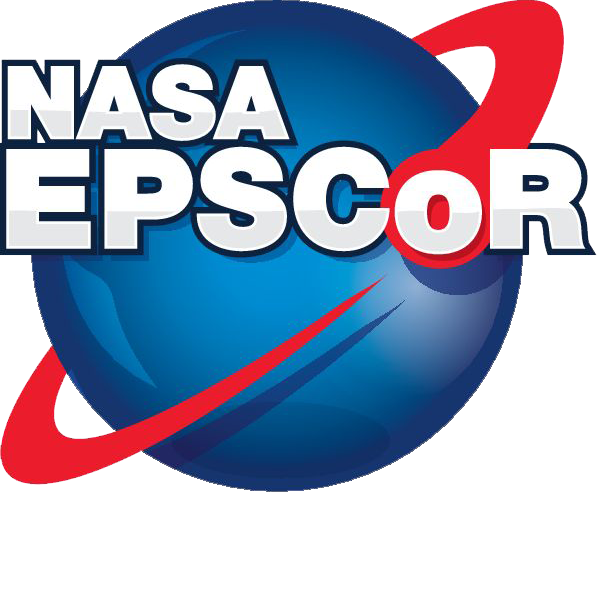We propose a program to explore cave and nearby surface environments using two novel and complementary techniques that will elucidate the relationship between rock surface roughness, reflectivity, and the presence of biomarkers indicative of extant or extinct life. This investigation addresses two of the fundamental questions that guide NASA’s solar system exploration program: What are the characteristics of the solar system that lead to habitable environments? and How and where could life begin and evolve in the solar system? We will address these questions using two complementary approaches. We will first use 3-D light detection and ranging (lidar) mapping conducted by faculty and students from Navajo Technical College (NTC) to characterize the near-cave and in-cave rocks in a variety of bedrock types of planetary relevance (including gypsum, basalt, and carbonate). The objective of these measurements is to establish high-resolution digital elevation models of the surface rocks, cave entrances, interiors, and surface texture topology. In parallel with the lidar studies, students and faculty from NMSU will design, build, and deploy a second instrument, a suitcase-sized near-infrared point spectrometer based on acousto-optic tunable filter (AOTF) technology. The lidar measurements will be used to inform our decisions about where to deploy the portable AOTF spectrometer. Rocks on the floors and walls of the environments in and near caves will be surveyed with the AOTF for the presence of organics or other biomarkers of astrobiological and mineralogical interest, e.g. CaCO3 biofabric, a complex association of microbes fossilized in a mineral substrate. The application of these two portable instruments to a terrestrial example of life in extreme environments provides critical field demonstration of hardware that we ultimately plan to propose for future NASA planetary exploration missions. The integration of NTC faculty and students into this project will provide added value to the proposed investigation and will enhance the research capabilities of NTC, a Minority-Serving Institution (MSI) in the New Mexico EPSCoR jurisdiction.

